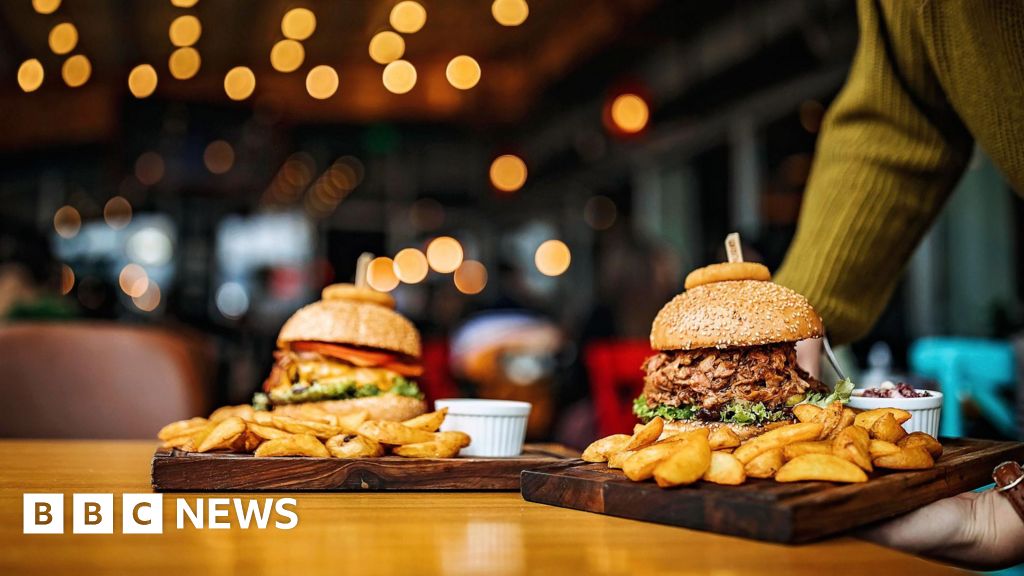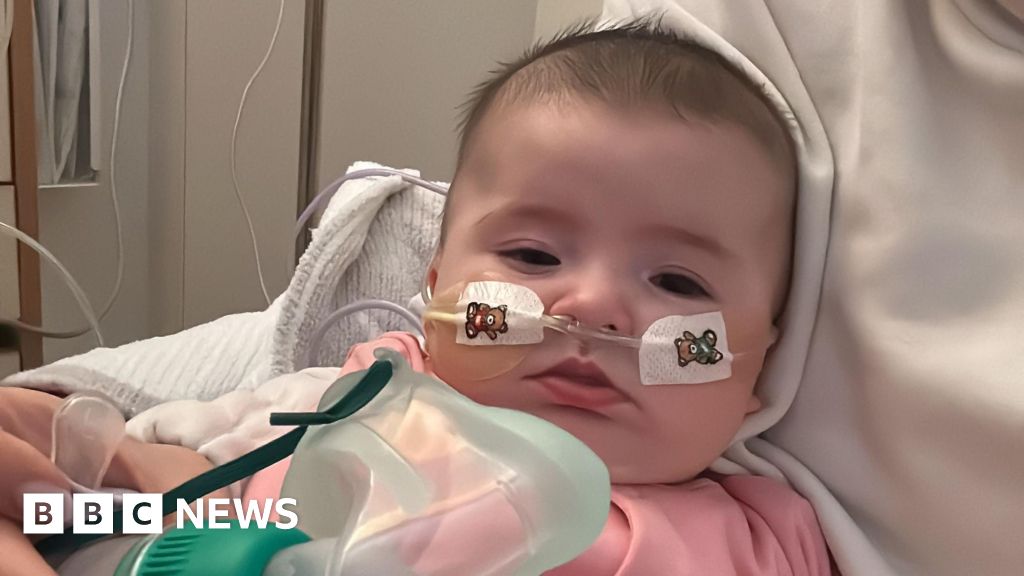ARTICLE AD BOX
By Debbie Jackson
BBC Scotland
Image source, Kimberley Bradley
Image caption,Kimberley Bradley with husband Nathan and daughter Lucy on the day she fell ill with sepsis
When Kimberley Bradley took herself to bed feeling "a bit fluey" in April 2019, she did not know that it would be eight days before she woke up again.
The 41-year-old from Edinburgh thought she had a touch of heatstroke after a beautiful Easter weekend in the sun.
She had been on a walk with her husband and daughter - and even took a family selfie.
But the picture, above, would turn out to be the last moment captured before sepsis changed everything.
"I was fit and healthy - in fact, probably the fittest I had ever been," she told the BBC's Good Morning Scotland programme.
After the walk, she felt unwell.
"I felt cold and shivery, I was vomiting and went to bed because that's what you do when you are not feeling well.
"My husband came to me, and he was talking to me, but I couldn't speak.
"It was just gobbledygook that was coming out. I started to think I was having a stroke."
Induced coma
Kimberley's husband Nathan became increasingly concerned. He called an ambulance.
The next thing Kimberley remembers is being told it was eight days later.
She said: "I had been in an induced coma and I had nearly died."
She had contracted meningococcal septicaemia which had developed into sepsis.
Sepsis is a devastating condition which kills more than 4,000 people in Scotland every year.
It occurs when the body's response to an infection spirals rapidly out of control, injuring its own tissues and organs, which can result in multiple organ failure and death.
In a matter of hours it can take the life of a previously healthy adult or child.
Time is of the essence in getting treatment and preventing catastrophic damage. Kimberley considers herself lucky despite lasting effects.
She said: "I have had to have all of my toes amputated on both feet. I have recurring circulation problems, fatigue, brain fog."
She said she also lives with the guilt of the trauma her family went through while she was in an induced coma, not knowing if she would survive.
"It's hard to put that into words," she said. "My daughter Lucy was 13 at the time and old enough to understand the severity of what was going on."
Image source, PA Media
Image caption,Kimberley, centre, joined Colin Graham from Sepsis Research FEAT, and Health Secretary Humza Yousaf to launch an awareness campaign
Nathan is now Kimberley's carer and she does her pensions administration job from home.
She had further surgery on her feet to remove damaged bone in January and hopes she will be able to increase her mobility and eventually be able to walk everywhere.
Kimberley credits Nathan for saving her life.
She said: "He didn't listen to me when I said not to bother phoning an ambulance. I thought a sleep and a cup of tea and it'll be fine. He chased up the ambulance when it didn't arrive half an hour later. Now I know if he didn't do that and that ambulance didn't arrive it would be a very different story."
Kimberley has helped to launch an awareness campaign for Sepsis Research FEAT and the Scottish government to help the public recognise symptoms of the disease.
The five key symptoms to watch for are confusion, not passing as much urine as normal, very high or low temperature, uncontrolled shivering and cold or blotchy arms and legs.
'Decreased chance of survival'
Colin Graham, chief operating officer at the charity, said: "The more people across the country who are able to spot the key symptoms of sepsis in themselves and others, the more lives will be saved.
"If you have two or more of those and they are progressing very fast, seek medical treatment immediately.
"If we can get to you in the first hour, and get antibiotics, oxygen and fluids into you, it can make the difference. Every hour you don't get that, you can decrease chances of survival by 7%."
Kimberley still believes she was lucky: "I have made a lot of friends through the charity and support groups where there are quad amputees and people who have lost children. I know I am lucky to be alive." Health Secretary Humza Yousaf said: "Focusing on early identification is critical and treatment within one hour of recognition has led to mortality rates among those identified at this stage falling by 21% since 2012.
"Sepsis Research FEAT play a vital role in funding research into this devastating disease and in making the public aware of the symptoms, and the Scottish government is supporting them in their efforts."

 2 years ago
39
2 years ago
39








 English (US) ·
English (US) ·